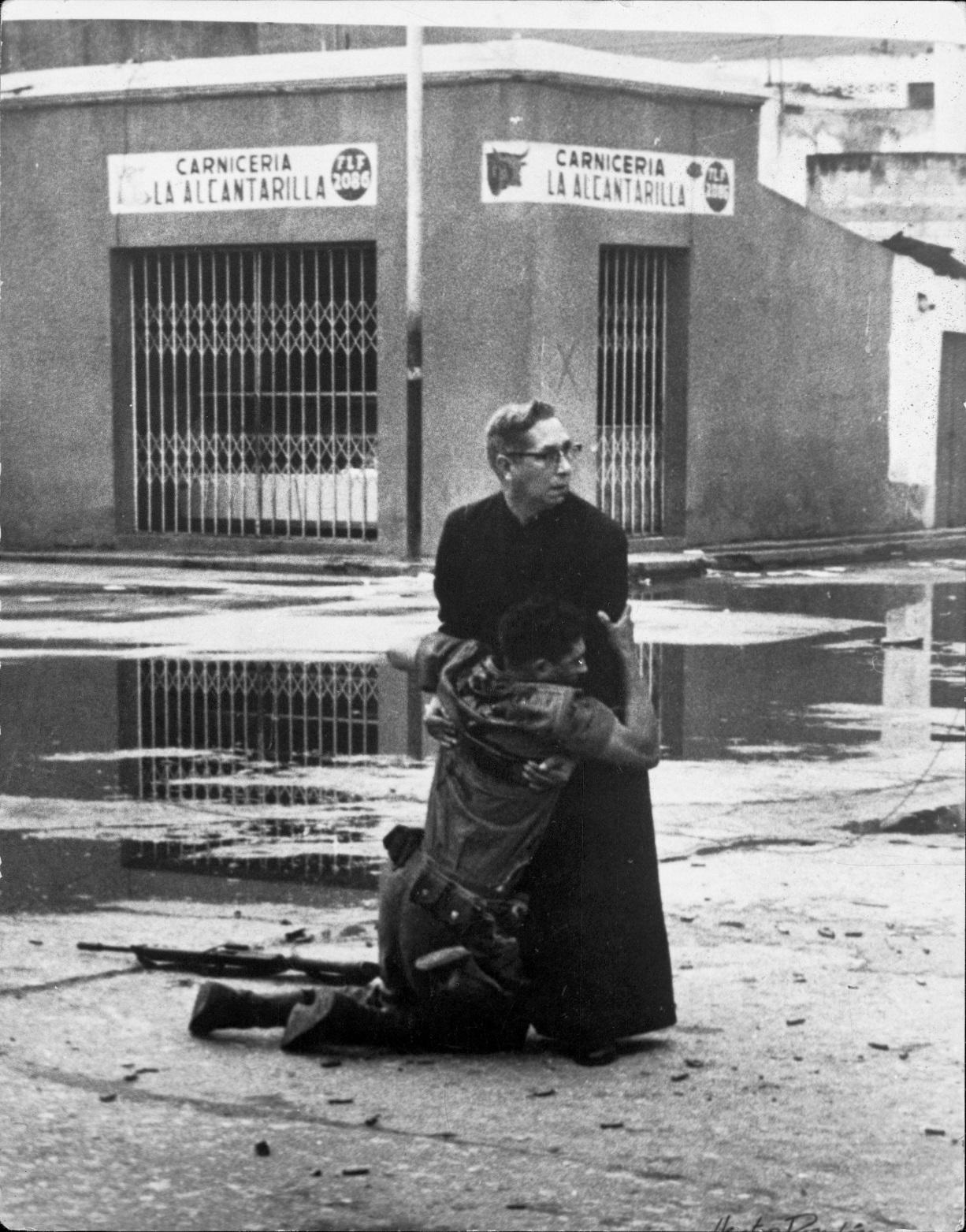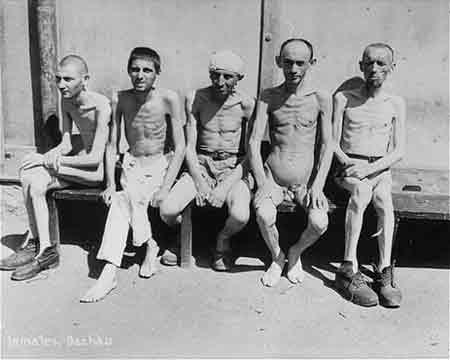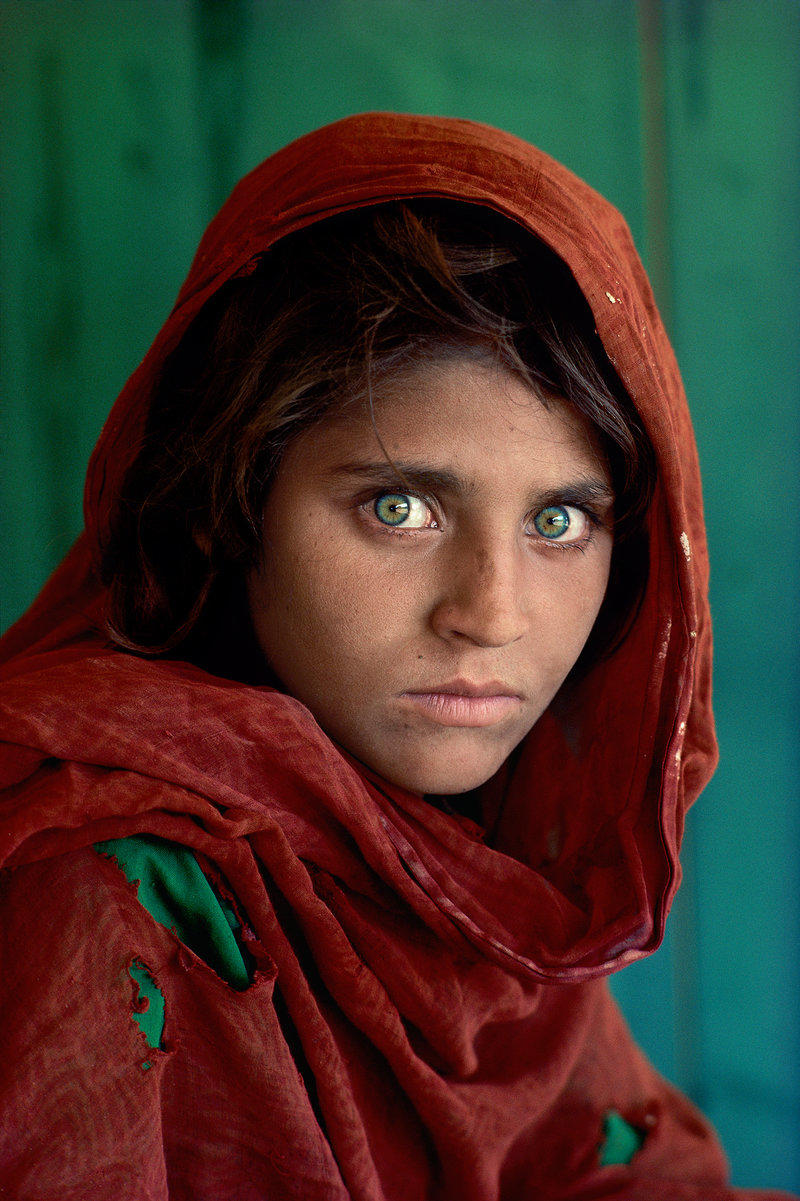The Significance of Images, Advanced Relationship of Images to Identity
Images and other elements of visual culture have a strong social effect. Their aim is to reflect social differences that exist in people and the world surrounding them. In the text called “Researching Visual Materials”, it is mentioned that images reflect “particular visions of social categories such as class, race, sexuality, able-bodiedness, and so on” (Rose, 2001, p. 11). It implies that photos and other artifacts not only reveal these categories but also allow the viewer to interpret them from his or her individual perspective. Therefore, elements of visual culture and the audience’s reactions to them are socially constructed. The purpose of this paper is to discuss the author’s perception of the relationship between images and human identity.
Reflection
Having analyzed the articles on the topic and multiple visual canvases, the author has been able to assume that such concepts as “image” and “identity” are interrelated since almost any visual element is a reflection of socially significant reality. Due to their communicative capabilities, photos and other artifacts turn the viewer’s interest into a communication process. Elements of visual culture form social connections, control the joint activity of people, and translate their social experience (Rose, 2001). It is important to note that such a form of interaction is possible due to the realization of the operator-spectrum-spectator interaction. Each of these elements is involved in the process of communication differently; however, the result of this communication is the transformed identity of an individual.
People have different value orientations and social statuses (or characteristics). In their turn, values allow a person to distinguish between social phenomena in terms of their significance. According to the “Visual Culture Questionnaire” by Alpers et al. (1996), it is important to “read images emblematically and symptomatically, in terms of the most fundamental questions of social life” (p. 30). The values of society are individually reflected in the consciousness of each person and through interaction with elements of visual culture (such as photos, texts, or objects) people fulfill their desire for standardization and building of a hierarchy.
They need to cognize one’s identity is fulfilled during the examination of visual objects that act as mirrors. For instance, when viewing a photo, the image serves as a platform based on which a person can identify him or herself with other people and objects of the surrounding reality. Thus, images not only encourage communication but also actively intervene in this process changing the core of social differences and human values. When a person looks at an image or a picture, he or she becomes convinced of the factuality of their social qualities.
According to one of the assumptions made by Ivins (1969) in “Recapitulation”, photographers are visual reporters. For that reason, each photo carries certain signs reported by the operator. Spectators utilize them to perform social symbolization and refer themselves to a specific group. However, the symbols that the individual sees are the product of a culture of society. The information that a viewer receives from an image, picture, or any other visual canvas allows the person to navigate society. It also gives him or her the information that confirms or dispels certain values. Thus, the essence of the relationship between image and identity lies in the fact that any element of visual culture performs a socializing function.
Examples
Elements of visual culture have an impact not only on the person’s identity but also on the identification of the entire nation. Images can influence collective consciousness and the value system that motivates people’s behavior. The statement made by Mitchell (2005) in “There Are No Visual Media” regarding the potential of images in revealing the atmosphere through the influence on sensory organs confirms this assumption.
An example of the way an image has changed the identity of a nation is shown in Figure 1. The photo showed the boys who worked as miners in 1910-1911 on one of the American fields (“Breaker boys working in Ewen Breaker of Pennsylvania Coal Co,” n.d.). After this photo became available to the mass audience, child labor in the country was canceled.

In the article “A Portrait of this Country” by Kalman-Lamb (2012), the author discussed the notion of the “symbolic meaning” of images and their capability to influence the self-identification of people (p. 24). An example of a picture that has a symbolic meaning is a photo of 1962 (Figure 2). In it, a priest is silently holding a deadly wounded soldier (“Héctor Rondón Lovera,” 1962). The publication of this photo has made it possible to draw the attention of the general society to the problems of Venezuela.

Conclusion
Thus, it can be concluded that the capability of images to influence human identity lies in their social nature. It allows them to perform social control and integration of individuals. Photos, mass media texts, and other visuals not only reflect the reality but also construct it through communication with the viewer. Consequently, the interaction of the image with the person’s identity is a two-way process.
Analysis of the Difficult Images and What Role Do They Play in Society
Difficult images should be regarded as elements of visual culture, which cannot be decomposed without the knowledge of social, cultural, and historical contexts that they reflect. They can display traumatic events or occurrences, death, diseases, or any other complex settings and issues that are interpreted differently based on the individual’s ethical and moral principles, knowledge, and value systems. The purpose of this writing is to determine the way difficult images can be identified and comprehended and to provide a visual analysis of two difficult photos.
General Discussion
The core of difficult images can be concluded to the statement made by Zelizer (2010) in “About to Die” who writes the following: “What is understood from the photo is always larger than what is depicted” (p. 128). That is to say, the complexity of a canvas is revealed during interpretation; although, at first glance, the photo may seem simplistic. Importantly, visual culture comes “into being through social imperatives” as denoted by Sturken and Cartwright (2017) in Practices of Looking (p. 185). Therefore, a photo serves as a social fact by reflecting a certain historical period. A complex visual canvas aims to construct images of reality.
Such artifacts are of great importance for society since they are a manifestation of public consciousness and an expression of attitudes of social groups to issues of reality. Due to the existence and the constant emergence of difficult paintings, texts, photographs, and products of mass media, a continuous formation of public opinion occurs (Zelizer, 2010). Moreover, some works of visual art have led to a change in the life of society. Consequently, the importance of difficult images for society lies in their potential not only to inform the public and enrich their experience but also to provoke them to action.
Analysis
The two images displayed in Figures 3 and 4 can be considered difficult due to a number of reasons. As stated by Brady and Hiltz (2017) in “The Archaeology of an Image”, photos reveal “historical and modern contexts” (p. 65). Each of the chosen photos exhibits significant historical contexts. In the case of Figure 3, the photo shows Dachau survivors who have been freed from concentration camps. The men in the picture are emaciated and exhausted. Their appearance reveals the dehumanizing conditions of living to the contemporary viewer. In the case of Figure 4, the audience can observe a young Afghan girl in torn clothes who lives in a devastated country.


Although the background of both photos has almost no details, it is possible to assume that the people from the images are deeply hurt. As stated by Finn (2009) in the chapter “Capturing the Criminal Image”, “photographs function both as representation and inscription” (p. 28). Each of the two images serves as evidence to the fact that military conflicts and confrontations between nations and countries affect everyone despite their age, gender, or social status.
The two pictures have been selected intentionally to exhibit the way contrasting images can carry a similar meaning. Figure 3 is a black-and-white photo. Some of the men in the picture are trying to smile because they are free from oppression and torture (“Survivors in Dachau after liberation,” 1945). However, they do not look into the camera lens so that the viewer can only be present at the moment without being able to share the atrocities that the men have undergone. The absence of bright colors, details, or accents assists in emphasizing the core of the photo, which is the meaning of human life.
In contrast to Figure 3, Figure 4 is indeed rich in color. The distance, modality, and horizontal angle bring the eyes of the child to the forefront (McCurry, 1984). They are the main anchor of the image since the eyes reveal everything about the girl’s emotional and psychological state and the environment around her. The small pupils of the girl’s eyes capture tension while the intimate distance makes the viewer share the feelings of the child. Through the use of stylistic devices, the author of the portrait has allowed the audience to come into dialogue with the Afghan girl.
Based on the meaning that the images carry, it can be stated that they should be considered difficult. As mentioned by Hariman and Lucaites (2007) in “Trauma and Public Memory”, such visual canvases create a setting in which “the past haunts the present as a traumatic memory” (p. 207). Therefore, the significance of difficult images should not be underestimated. Their role is not only to evidence the heartbreaking events but also to push the viewer to sympathize with the innocent child and make an attempt to understand why the five men who used to be strong and full of life have become so haggard. Both difficult photos make the audience value their lives and security.
Conclusion
Thus, it can be concluded that difficult images can be identified through the messages they convey. Such artifacts are significant for society since they are part of people’s history and cultural heritage whether they are positive or not. Difficult images and other elements of visual culture force the viewer to question his or her value systems. Therefore, they serve as a reflection of reality and a constructor of society’s future.
References
Brady, M. J., & Hiltz, E. (2017). The archaeology of an image: The persistent persuasion of Thomas Moore Keesick’s Residential School photographs. Topia: Canadian Journal of Cultural Studies, 37, 61-85.
Finn, J. M. (2009). Capturing the criminal image: From mug shot to surveillance society. Minneapolis, MN: University of Minnesota Press.
Hariman R., & Lucaites, J. L. (2007). No caption needed: Iconic photographs, public culture, and liberal democracy. Chicago, IL: University of Chicago Press.
McCurry, S. (1984). Afghan girl.
Sturken, M., & Cartwright, L. (2017). Practices of looking: An introduction to visual culture (3rd ed.). Oxford, UK: Oxford University Press.
Survivors in Dachau after liberation [Image]. (1945).
Zelizer, B. (2010). About to die: How news images move the public. Oxford, UK: Oxford University Press.
Alpers, S., Apter, E., Armstrong, C., Buck-Morss, S., Conley, T., Crary, J.,…Wood, C. (1996). Visual culture questionnaire. 77, 25-70.
Breaker boys working in Ewen Breaker of Pennsylvania Coal Co [Image]. (n.d.).
Héctor Rondón Lovera [Image]. (1962). Web.
Ivins, W. M. (1969). Prints and visual communication. Cambridge, MA: MIT Press.
Kalman-Lamb, N. (2012). A portrait of this country: Whiteness, indigeneity, multiculturalism and the Vancouver opening ceremonies. TOPIA: Canadian Journal of Cultural Studies, 27, 5-27.
Mitchell, W. J. T. (2005). There are no visual media. Journal of Visual Culture, 4(2), 257-266.
Rose, G. (2001). Visual methodologies: An introduction to the interpretation of visual materials. London, UK: Sage.